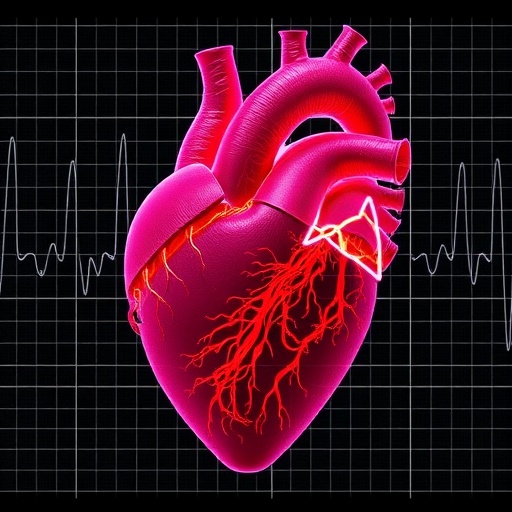It looks like your input was cut off at the end. From the text you provided, here is a summary and some points about the study:
Summary of the Study:
- Background: ValveNet is an AI-ECG model designed to detect moderate or greater left-sided valvular heart disease (VHD) — specifically aortic stenosis, aortic regurgitation, and mitral regurgitation — which are a subset of structural heart disease (SHD).
- Trial Design: The DISCOVERY trial recruited 100 adult patients based on their ValveNet risk score to test ValveNet’s ability to identify clinically significant cardiac disease. Eligibility criteria included having a recent 12-lead digital ECG without echocardiogram in the past 3 years and no known left-sided VHD or significant comorbidities limiting survival.
- Stratification: Patients were recruited from the moderate- and high-risk groups (defined by ValveNet risk tertiles: 0–0.3, 0.3–0.6, >0.6). The lowest risk group was excluded.
-
Endpoints:
- Primary: Detection of moderate or severe aortic stenosis, aortic regurgitation, or mitral regurgitation by echocardiogram.
- Secondary: Detection of all clinically significant SHD as defined by EchoNext.
-
Results:
- Majority of patients were elderly (median age 80) and 43% male.
- In the high-risk ValveNet group (53 patients), 17% had moderate or greater left-sided VHD and 53% had SHD.
- In the moderate-risk ValveNet group (47 patients), 0% had moderate or greater left-sided VHD and 19% had SHD.
- Significant differences existed between high- vs. moderate-risk groups for detection of left-sided VHD (P=0.005) and SHD (P=0.003).
- EchoNext AI model retrospectively analyzed the ECGs and stratified patients into risk groups (high, moderate, low). There were strong correlations between risk groups and disease prevalence, all statistically significant.
If you would like me to help with something specific about this study — such as a detailed interpretation, implications, or assistance in continuing the incomplete section — please let me know!




